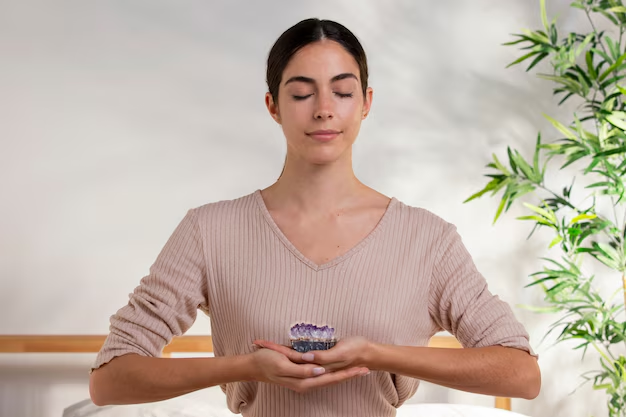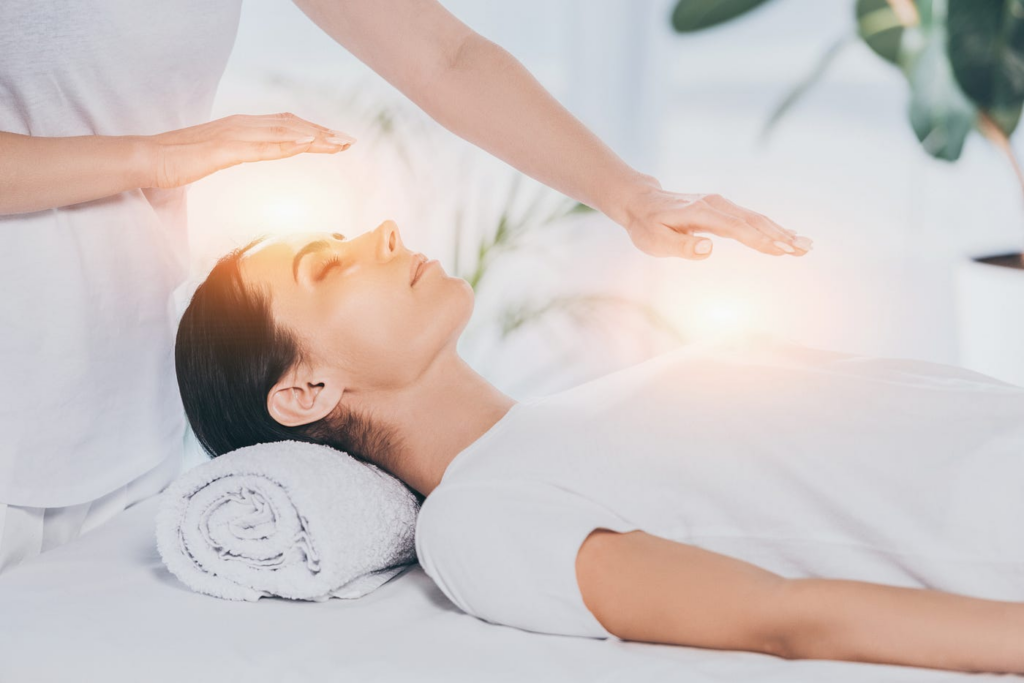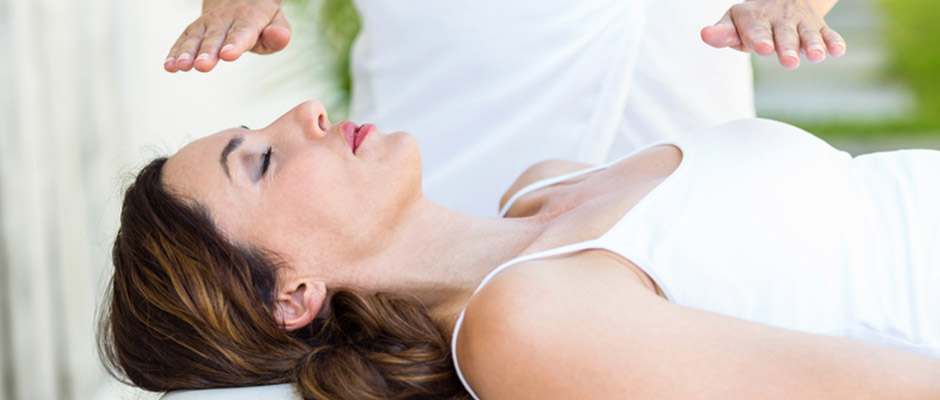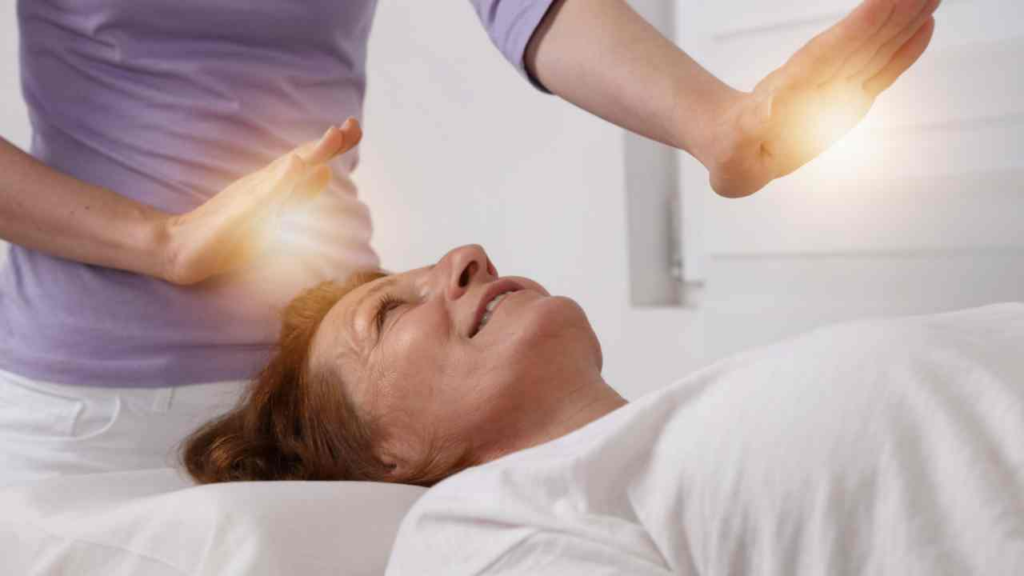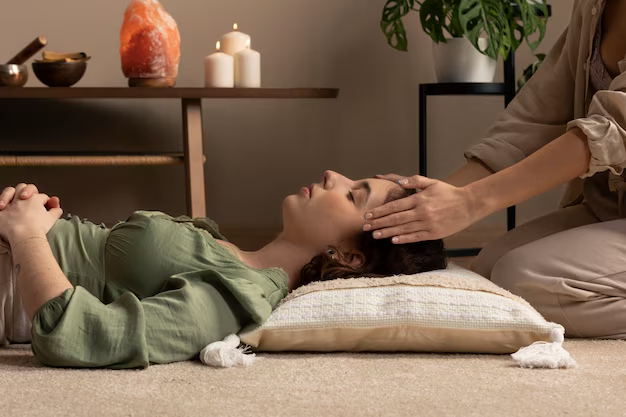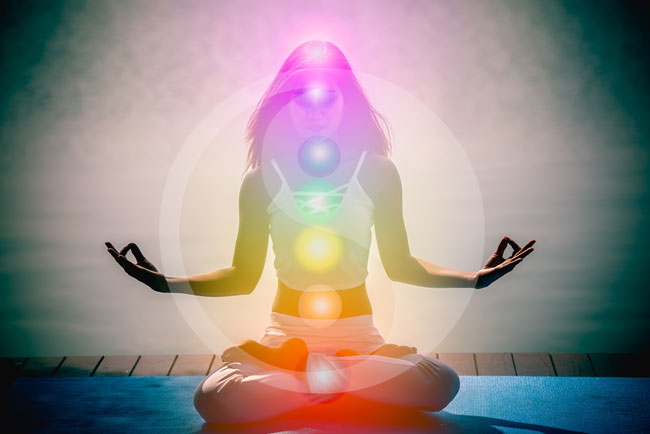Debunking Common Myths and Misunderstandings of Reiki Healing
Reiki healing, the energy therapy method has been gaining popularity in today’s world. But, as with many alternative therapies, there are negative features like stereotypes and misinterpretations surrounding Reiki that hide its real potential for good. In this document, we will be clarifying some of the most frequent misconceptions concerning Reiki healing highlighting some facts. Is Reiki Healing a Religion? Reiki is not a religion; it deals with spiritual treatment that includes energy healing and does not need any religions or rituals to be performed. Reiki is mistaken for a religious treatment because of its spiritual entities. However, Reiki is an energy healing technique and works without the help of any religious philosophy or belief system. Reiki represents a type of healing technique that one can practice without feeling in conflict with personal beliefs of any faith or none. Treatment modality in the system of Reiki concerns the channeling of Universal Life Energy to bring about healing and well-being. It is non-denominational and does not involve worship in any form, deities, or religious rites. Further, this explains that Reiki is for everyone, whatever their religious background, and hence covers a wide and broad area of application in terms of healing. Does Reiki Healing Replace Medical Treatment? Reiki is not a replacement for medical treatment. It may enhance conventional medicine for relaxation and healing, but it is not meant to replace professional healthcare. One of the many misconceptions about Reiki was that it was going to replace traditional treatment. In fact, Reiki is a complementary therapy in which this form of alternative medicine complements traditional medicine through relaxation, stress reduction, and the facilitation of the natural healing processes within the body. It is not a medication for any sickness or a substitute for medical treatments that a patient may need. Reiki is normally administered alongside ongoing conventional treatments to help alleviate symptoms such as pain, anxiety, and fatigue. In this manner, Reiki works in cooperation with, not in place of, traditional medicine, promoting a holistic healing approach and supporting total wellness without compromising the effectiveness of professional health interventions. Is Reiki Healing Just a Placebo? Reiki is not a placebo, though the placebo effect may play a part in many recipients experiencing lowered levels of stress and improved well-being. The concept of Reiki being just a placebo is a very common myth. It is always difficult to assess the efficacy of any therapy because the placebo effect-the expectation that a treatment will help-often prompts positive changes simply due to belief in being treated. Reiki benefits extend beyond the placebo effect. Countless individuals report remarkable reductions in stress, anxiety, and physical pain attributed to Reiki treatments. Reiki has also been scientifically demonstrated to have positive impacts on the autonomic nervous system, thus helping to stabilize the body’s natural system through which physical stress is manifested. Although more research is needed to understand the full mechanics of Reiki, to write it off completely as a placebo denies real experiences of the many people who find relief and a balm in this compassionate healing modality. Is Reiki Healing Scientifically Proven? There is a lack of strong scientific evidence to support Reiki, although several researches demonstrate positive effects on stress alleviation. It is considered a complementary intervention in a wide array of health services. As might be expected, Reiki has not been completely substantiated by the most rigorous scientific examination processes and therefore raises a shadow over its legitimacy. Positive effects of Reiki have been reported concerning anxiety, stress, and pain in particular healthcare situations, where it worked as a complementary treatment method. These studies, though touching on subjective experience, as reported by the patients themselves, do prove that Reiki is helpful for improving emotional and physical well-being. While many do have positive outcomes, much scientific evidence is still lacking. Still more research is being pursued to better understand how Reiki works with the energy systems in the body to promote healing. Can Anyone Learn Reiki Healing? Yes, anyone can learn Reiki healing. Reiki is for anyone and requires no special abilities or experience with energy work. Empowering aspects of Reiki indeed are that it is for anyone, irrespective of age, background, or prior experience. Reiki is taught through a series of attunements, whereby a Reiki Master empowers the student to connect with the universal life energy. These are usually accompanied by hands-on practice and instruction in the principles of Reiki. Training in this regard is usually divided into levels, each successive level building upon the previous one and giving the learners increased depth in their understanding and ability to channel healing energies. Since Reiki does not require inherent skills or special talents, it is open to all who desire to learn the practice to help others. Is Reiki Healing Safe for Everybody? Reiki is safe for everyone; children, pregnant women, and the elderly are included. It is a non-invasive technique and free from any known side effects. Reiki is accepted worldwide as a mild and safe healing modality that is suitable for all age groups and any health condition. It is a non-invasive procedure, with no manipulations involved physically, and moreover, does not require anything to be taken inside the body. Hence, it is free from side effects. Because the energy is transferred via the practitioner’s hands lightly on or just above the recipient’s body, Reiki is considered a very safe modality for vulnerable populations such as children, pregnant women, and the elderly. While Reiki itself is harmless for anyone, if applied together with medical treatments, one needs to consult a health professional to be assured that it is an enhancement and not interfering with the necessary care. Does Distance Reiki Work? Long-distance Reiki, as the name suggests, sends healing energy from a distance; and yes, it works. Benefits, practitioners say-and clients will also attest-are similar to those of in-person treatments, although scientific evidence is scant. Distance Reiki is a process by which a Reiki professional may send energy to an individual who


